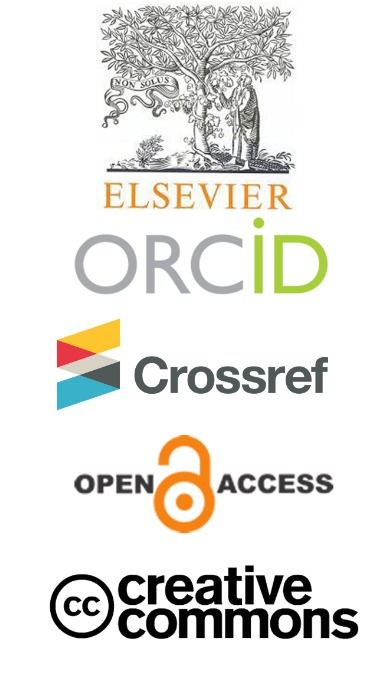Social gender inequality: A critical discourse analysis
Abstract
Language as a social practice shapes the identities of social actors. Furthermore, language can create imbalanced power relationships among them. The relationship between men and women in Iraq is imbalanced as the man manipulates the woman. Thus, a submissive identity is imposed on the woman, and her voice is silenced. Our community claims that the issue of gender inequality originated in, or is supported by Islam. By applying critical discourse analysis (CDA) techniques, this study aims to linguistically investigate whether Islam discriminates between men and women or not and will explore how power relationships are related to gender discourse in the Qur’an, which is the main component that reflects and reinforces the social structure and ideologies of Muslims life. The researcher will argue that religion can be misused to impose gender inequality by the patriarchal society and its traditional culture, where the norms empower the man to control the woman. That is, gender discrimination is the result of socialization. This study will argue that the issue of gender inequality did not originate from the Qur’an as it is made interpreted by our community.



